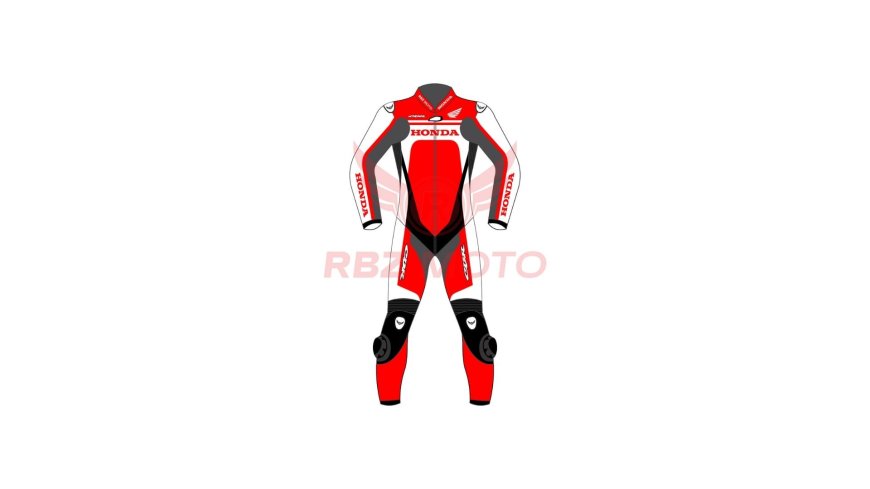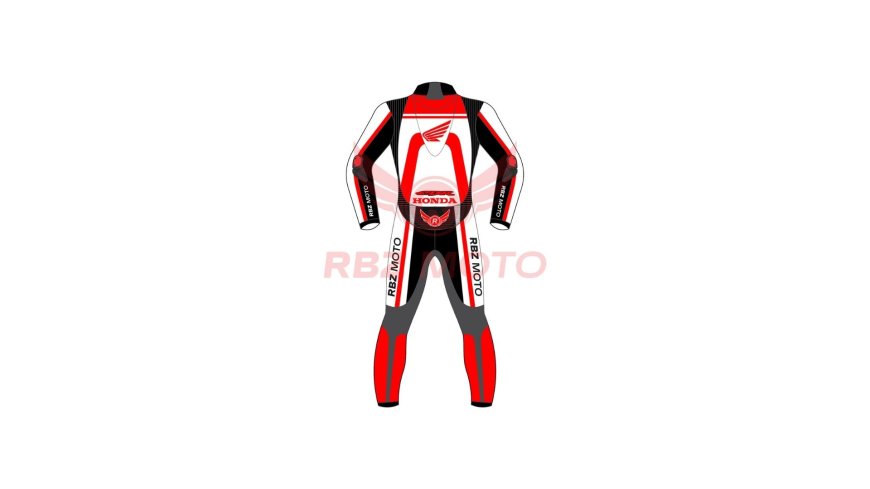When to Replace Your Motorcycle Suit (and Why It Matters)
Learn when to replace your motorcycle suit and why it’s crucial for your safety. Discover key signs of wear, risks of old gear, and tips to extend your suit’s life.
When to Replace Your Motorcycle Suit (and Why It Matters)
Motorcycle suits are not only a stylistic choice, but just as importantly, they should be essential protective riding gear to protect your safety, comfort, and enjoyment. Whether you commute to work daily, ride for leisure on weekends, or participate in track days with fellow enthusiasts, your custom motorcycle suit plays a crucial role in ensuring your safety on two wheels. Unlike other riding gear, motorcycle race suits have a limited lifespan. In this article, we will explore when it's time to replace your motorcycle racing suit, identify the signs that indicate a suit needs to be changed, and explain why this is crucial for your safety and enjoyment while riding a motorcycle.
Why Your Motorcycle Suit Matters
The motorcycle leather suit you wear today has always been designed as a barrier from the bugs on your chest as much as a barrier of protection to help keep you from the ground in a crash. Quality suits with features designed for abrasion resistance, impact protection, and weather resistance. Your suit is made of material where leather and reinforced textile materials work well for holding up from accidents—but again, these also have a time span.
Simply put, if you do not replace a suit that has compromised elements, there are areas where you may have lost protective benefits and thus risk your safety in a fall.
Key Signs It’s Time to Replace Your Motorcycle Suit
Knowing when your gear needs replacing is crucial. Here are the major signs your suit may be past its prime:
1. Visible Damage After a Crash
If you've gone down in your suit — even once — it's time to inspect it closely. Look for:
-
Torn seams
-
Worn leather or fabric
-
Damaged armor or padding
-
Zippers that no longer close properly
Any of these signs could indicate a compromised structural integrity, meaning the suit won't protect you the same way in a second crash.
2. Excessive Wear and Tear
Over time, general use takes its toll. Check for:
-
Fading or thinning of materials, especially at high-stress points (elbows, shoulders, knees)
-
Loosened stitching or frayed edges
-
Sagging fit or stretched-out panels
-
Velcro that no longer sticks
Even if you haven't crashed, these signs of aging reduce the suit’s ability to fit snugly and protect effectively.
3. Outdated Safety Technology
Technology in motorcycle gear has come a long way. If your suit is more than 5-7 years old, it may lack:
-
CE Level 2 armor
-
Integrated airbag systems
-
Updated abrasion-resistant materials
-
Better ergonomics and airflow
Modern motorcycle safety standards evolve, and staying current can significantly enhance your protection.
4. Poor Fit or Discomfort
A motorcycle suit should fit like a second skin — not pinch, sag, or shift while riding. If you’ve:
-
Gained or lost weight
-
Changed riding posture or bike types
-
Noticed discomfort or pressure points
...then your suit may no longer fit correctly, reducing its protective potential and making long rides miserable.
The Risks of Delaying a Replacement
Wearing a suit beyond its functional lifespan can have serious consequences:
-
Increased injury risk during an accident
-
Reduced weather protection leading to fatigue or distraction
-
Loss of mobility, limiting reaction time on the bike
-
Compromised armor positioning, making protection ineffective
When it comes to motorcycle gear, proactive replacement is always better than reactive regret.
How Often Should You Replace a Motorcycle Suit?
There’s no one-size-fits-all answer, but here are general guidelines:
| Condition | Replacement Timeline |
|---|---|
| After a crash | Immediately or after professional inspection |
| Regular usage (noncrash) | Every 4-6 years |
| Infrequent use/storage | Up to 7 years, if stored properly |
| Poor fit or out-of-date tech | Sooner than later |
Always follow the manufacturer’s recommendations and consider professional inspections if you're unsure.
Tips for Extending the Life of Your Motorcycle Suit
While you can’t make gear last forever, good habits go a long way:
-
Clean your suit regularly with appropriate cleaners
-
Store in a cool, dry place away from sunlight
-
Avoid folding leather suits, hang them properly
-
Inspect gear seasonally, even during off months
-
Upgrade armor pieces, if the suit allows
Routine care and maintenance can keep your gear performing better, longer.
Final Thoughts: Your Safety Comes First
Your motorcycle suit isn’t just another piece of clothing — it’s your first line of defense in a risky sport. Replacing your suit when it's worn, damaged, or outdated is not only smart — it could be life-saving.
Don’t wait for a crash to realize your gear isn’t up to par. Be proactive, ride smart, and invest in your safety. Because every time you hit the road, your gear should be ready to protect you like it’s day one.




















































































































































